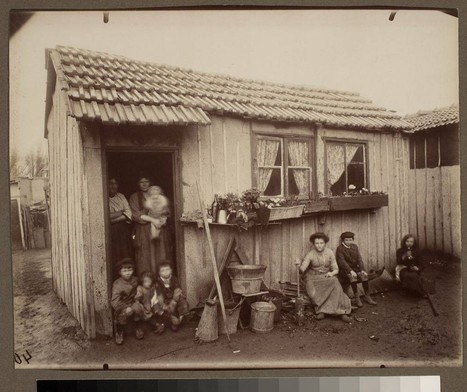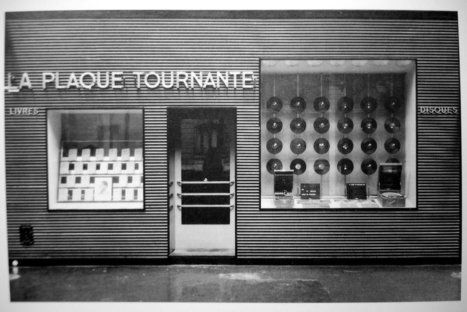"The attacks suggest that ISIS is being forced into 'mainstream' terrorism long before it had planned to and a terrible meeting of the minds between Al Qaeda and ISIS."
Get Started for FREE
Sign up with Facebook Sign up with X
I don't have a Facebook or a X account
 Your new post is loading... Your new post is loading...
 Your new post is loading... Your new post is loading...

Lola Ripollés's curator insight,
May 19, 2015 6:09 PM
Renderings for the futuristic River Seine project a motor-free parkland consisting of a tree-shaded promenade with space for children’s playgrounds and sports facilities. The length of this promenade is TBD, with some proposals occupying a modest 0.9 miles, while others insist on a 2.05-mile car-free quayside, potentially freeing up 1.4 acres of parkland. 
GTANSW & ACT's curator insight,
May 24, 2015 2:21 AM
Australian Curriculum The strategies used to enhance the liveability of places, especially for young people, including examples from Australia and Europe (ACHGK047) GeoWorld 7 Chapter 12. Strategies to enhance liveability (12.1. Paris)
Lauren Quincy's curator insight,
May 24, 2015 9:42 PM
Unit 7: Industrialization and Economic Development
This article is about Paris' latest step in their anti-pollution goal. Mayor Anne Hidalgo plans to bar motorist from the banks of the River Seine by the summer of 2016. This followed the banning of all non-electric or hybrid vehicles by 2020 set last year. These policies are set in hoped to decrease pollution and open up green spaces for children and sports facilities.
This relates to this unit because it talks about the use of governmental policies in order to reduce pollution in Paris. These steps also help with environmental sustainability and aim at development for a greener city. Paris is redefining the role of transportation in order to create usable and walkable areas. |

Marc Meynardi's curator insight,
June 2, 2015 1:53 AM
This tradition is particularly appreciated by Chinese tourist. Annecy got a bride called "lLe Pont des Amours" where love locks are regularly removed. 
Leslie G Perry's curator insight,
June 2, 2015 8:32 AM
I LOVE Seth Dixon's insight on this and how it figures in with Design Technology. What mark do we leave and why? What are the unintended consequences of leaving out mark? Seth Dixon's insight: Graffiti, tombstones, love locks, monuments...each of these are manifestations of people's desire to have some tangible impact on the landscape. Something that manifests a connection to place in a profoundly personal way.
Questions to Ponder: Why do people want leave a mark on places that are meaningful to them? When do you think that they that these markers are appropriate or inappropriate? Do we have more of a 'right' to mark some places than others? Why do many oppose these personal marks on the landscape? |

















Los ataques que sufrió París ya han sido reivindicados por el ISIS.